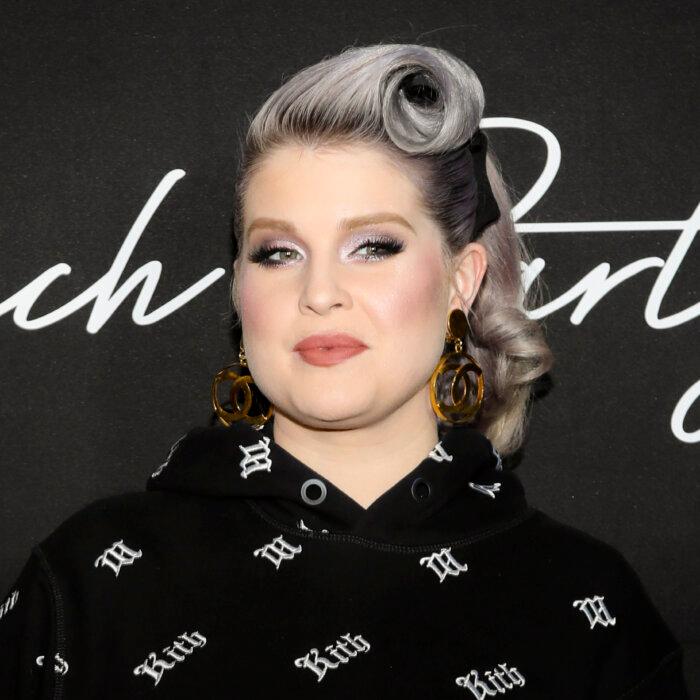Classic Hollywood actress Elizabeth Taylor was among the most popular stars in the ‘50s and ’60s with films such as “Cat on a Hot Tin Roof” and “Cleopatra.” But her life took a turn in 1982 when some serious personal issues came to a head.
“She had physical ailments, especially bad back problems, for which the use of pain meds was a legitimate recourse,” her son Christopher Wilding said. “When she was little, we had all these miracle drugs and you took a pill. That was her approach—better living through science.”
However, those close to the Academy Award winner knew she was “abusing alcohol and pain meds, including injectable ones.”
“We’d talk to her, but things got to the point where it was decided an intervention would be necessary,” Wilding explained. “We just wanted her to get help. Close family members flew in and boy, that was difficult.”
“We were all petrified. She was a formidable woman,” he adds.
To Wilding’s surprise, the “Cleopatra” star agreed to seek help—but only if she could wait until the next morning to leave for rehab. She stayed at the Betty Ford Clinic, where she “had to do a lot of things she never had to do in her adult life.”
Elizabeth Taylor’s Legacy
Elizabeth Taylor was born in London on Feb. 27, 1932, to American parents. Receiving dual British–American citizenship, Taylor and her family moved to Los Angeles, where she made her acting debut with a minor role in 1942’s “There’s One Born Every Minute” at the age of ten. After signing with MGM Studios, Taylor got her first starring role at 12 when she played horse-fanatic Velvet Brown in “National Velvet.”The actress transitioned to more mature roles by 18, with her early successes being 1950’s “Father of the Bride,” where she appeared opposite Spencer Tracy, and 1951’s “A Place in the Sun.” By the mid-1950s Taylor secured more complex roles, including the female lead in 1956s “Giant” and 1957s “Raintree Country,” the latter earning the star her first Academy Award nomination.
Taylor reached the height of her career towards the end of the decade and into the 60s with her starring roles as Margaret “Maggie the Cat” in 1958’s “Cat on a Hot Tin Roof,” Catherine Holly in 1959’s “Suddenly, Last Summer,” for which she earned her first Golden Globe, Gloria Wandrous in 1960’s “BUtterfield 8,” for which she earned her first Oscar, and her most-renowned role as Cleopatra VII in 1963’s “Cleopatra.”
Taylor made her last theatrically released film appearance in 1994’s “The Flinstones” where she played the supporting role of Pearl Slaghoople. She also created a fragrance collection and jewelry brand in her later years.
In 2011, Taylor died of congestive heart failure at 79. She is survived by her four children: Michael Wilding, Jr., Christopher Wilding, Liza Todd, and Maria McKenown, the latter whom Taylor adopted with ex-husband Richard Burton.







